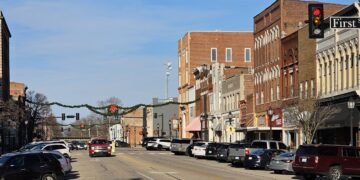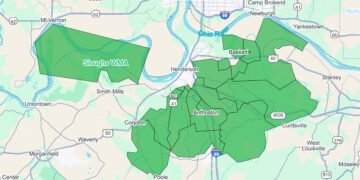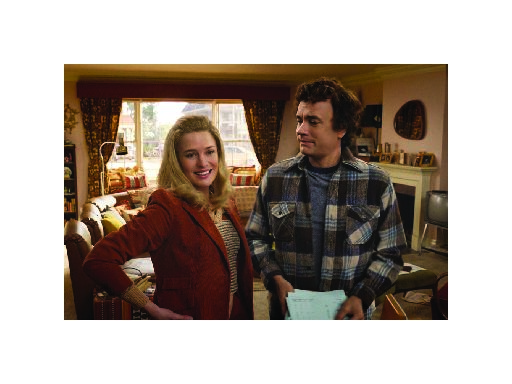(This article first appeared in the November print edition of the Hendersonian.)
Generally, people think about planting in the spring as the trees begin to put on leaves and spring bulbs begin to push through the soil. However, fall is a great time to think about planting several types of plants. It is too late to think about planting vegetables and many annual flowers but here are a few things that you should consider planting.
Cool season grasses are always better planted in the fall. This includes bluegrasses, ryegrasses, fescues, and even ornamental grasses for your landscape. Most lawn care practices are better done in the fall including reseeding, fertilizing, or even aerification. All of these practices done in the fall helps the grass develop deeper roots to withstand next year’s summer heat and drought. Make sure to get a soil sample to ensure nutrient levels are adequate.
Fall is the best time to plant most bulbs; particularly, spring flowering bulbs. Most bulbs such as tulips, hyacinths, lilies, amaryllis, and many others, are best planted in the fall. Even though it is cold outside, the soil will be warm enough for the bulbs to establish good root systems. Dahlias and gladiolus are much more “tender” and should be planted in the spring. Make sure to follow proper planting depth for each species for best success. If the winter is unusually dry, plan to water your bulbs a couple of times to ensure they produce in the spring.
Trees planted in the fall typically always have a better chance of survival. The rule is plant after the first frost and before the last frost. In the fall and winter, the tree is not using its energy to support leaves; instead, the tree will use its energy to promote root growth. Trees planted in the fall typically require much less watering than those planted in the spring or summer. Large shrubs also tend to do much better when planted in the fall and the same benefits apply.
Lastly, don’t forget about garlic. Even if you don’t have vampires lurking around your garden, garlic is easy to grow and typically is not affected by insects or disease. There are three types of garlic- softneck, hardneck and elephant garlic. Most of the garlic you find in the grocery store are softneck. Place your garlic cloves in full sun and in a well-drained area. Don’t plant too much because a little garlic goes a long way. Since your garlic will not mature until June, make sure your planting site is not conflicting with other vegetables you plan to plant in the spring.
A few other fall duties are also important to mention. Check out your pest control products. Herbicides, insecticides, and fungicides typically will not be usable if they freeze over the winter. Best practices are to use up the product before winter according to the label. If you store them until next year, ensure they are stored in a climate controlled area.
Fall is also a great time to service your garden tools. Servicing your mower and trimmers this time of year will beat the rush in the spring at local repair shops. If you service them yourself, make sure to drain the fuel tank, clean the air filter, and sharpen the blade. Consider sharpening your shovels, hoes, and pruners as well.
Preparing for next season is important and fall is a great time of year to plan for next seasons garden. Make notes of good performing varieties that you grew this year. Ordering seed for next year now, will ensure popular varieties are available. A little time this fall will ensure you are ahead of the game next spring.
If you have questions about fall planting or other garden chores, give us a call at the Henderson County Extension Office; we are happy to help!
***
P. Andrew Rideout is the UK extension agent for horticulture and can be reached at pandrewrideout@uky.edu. The Henderson County Extension Office’s phone number is (270) 826-8387.





















